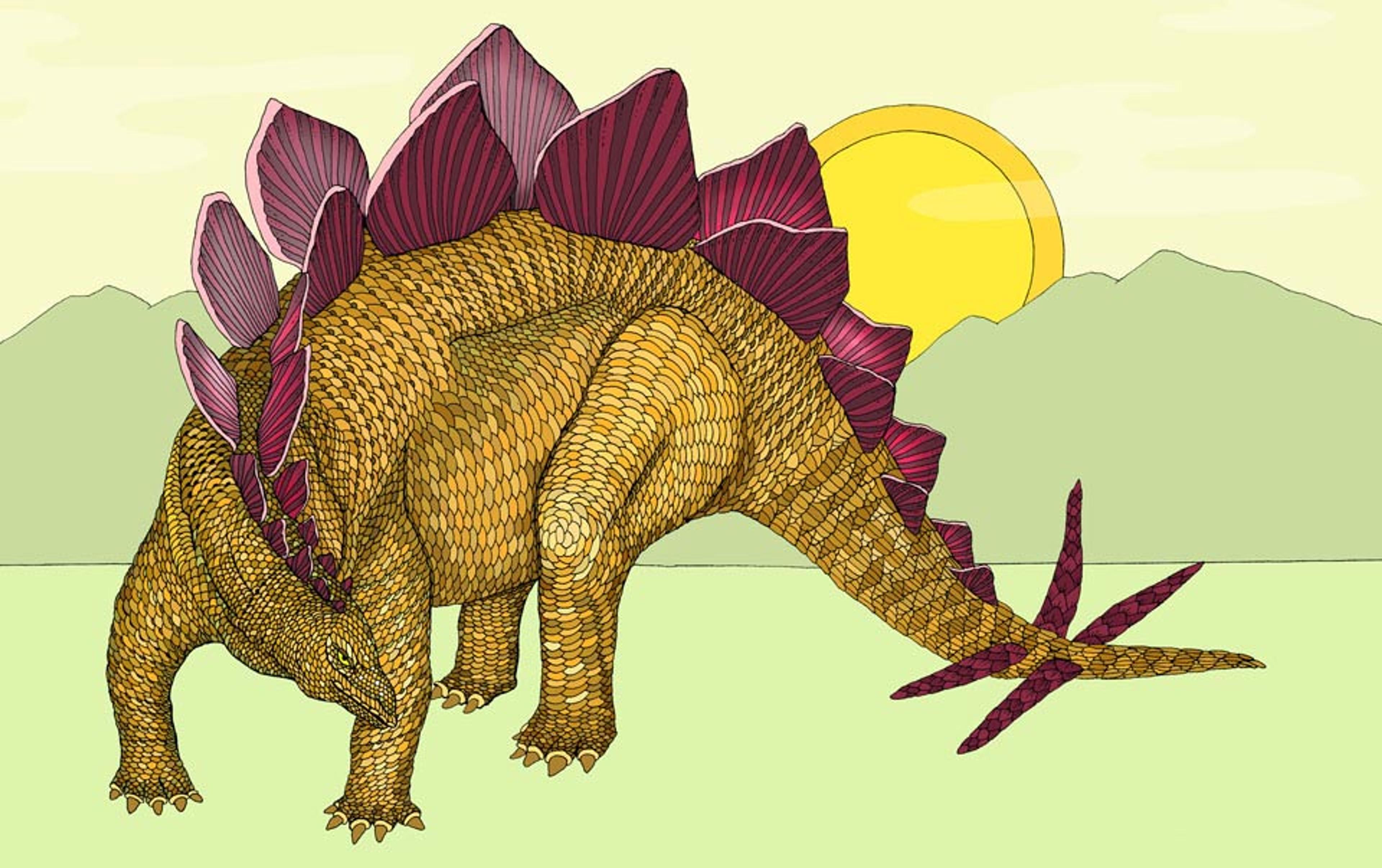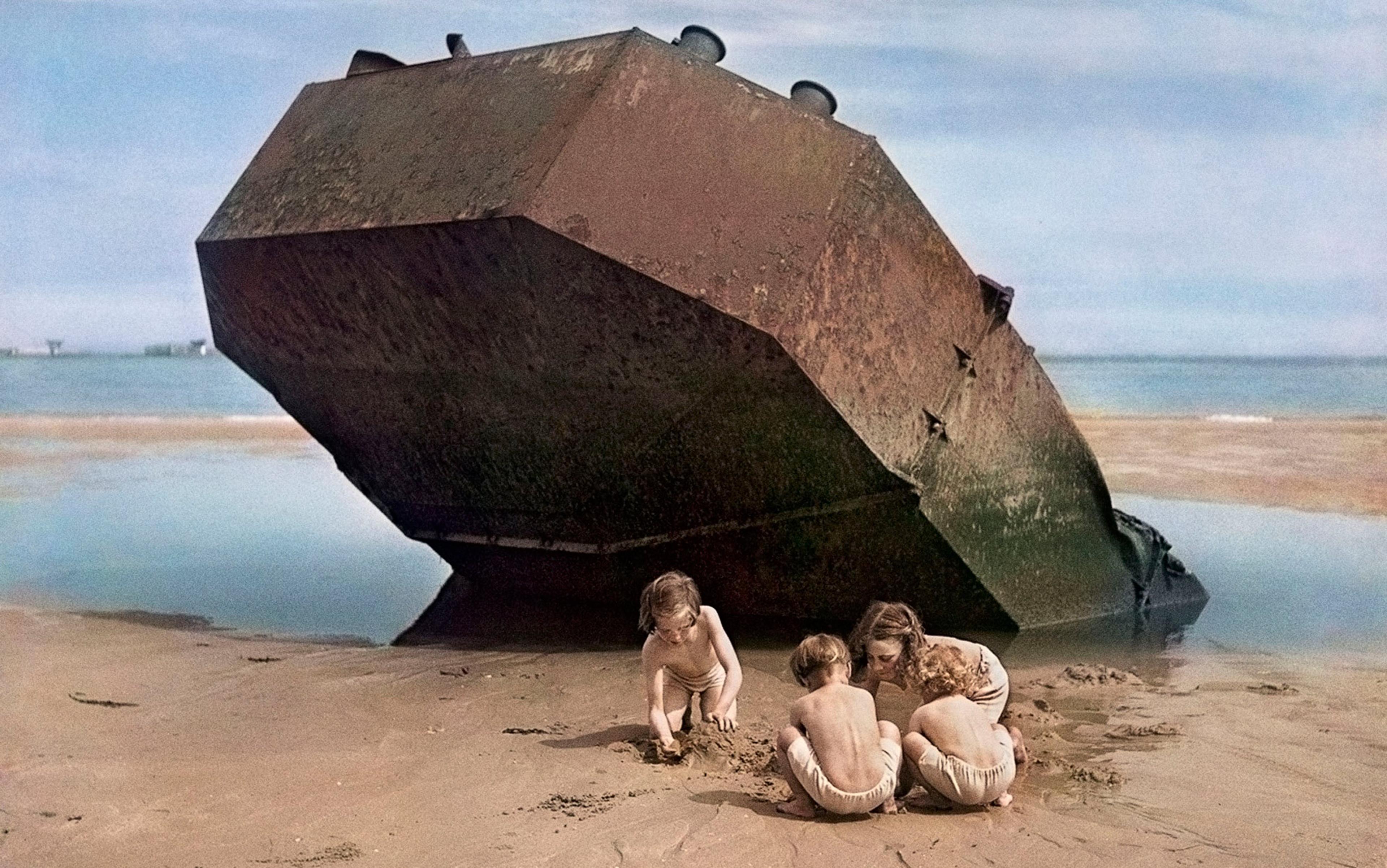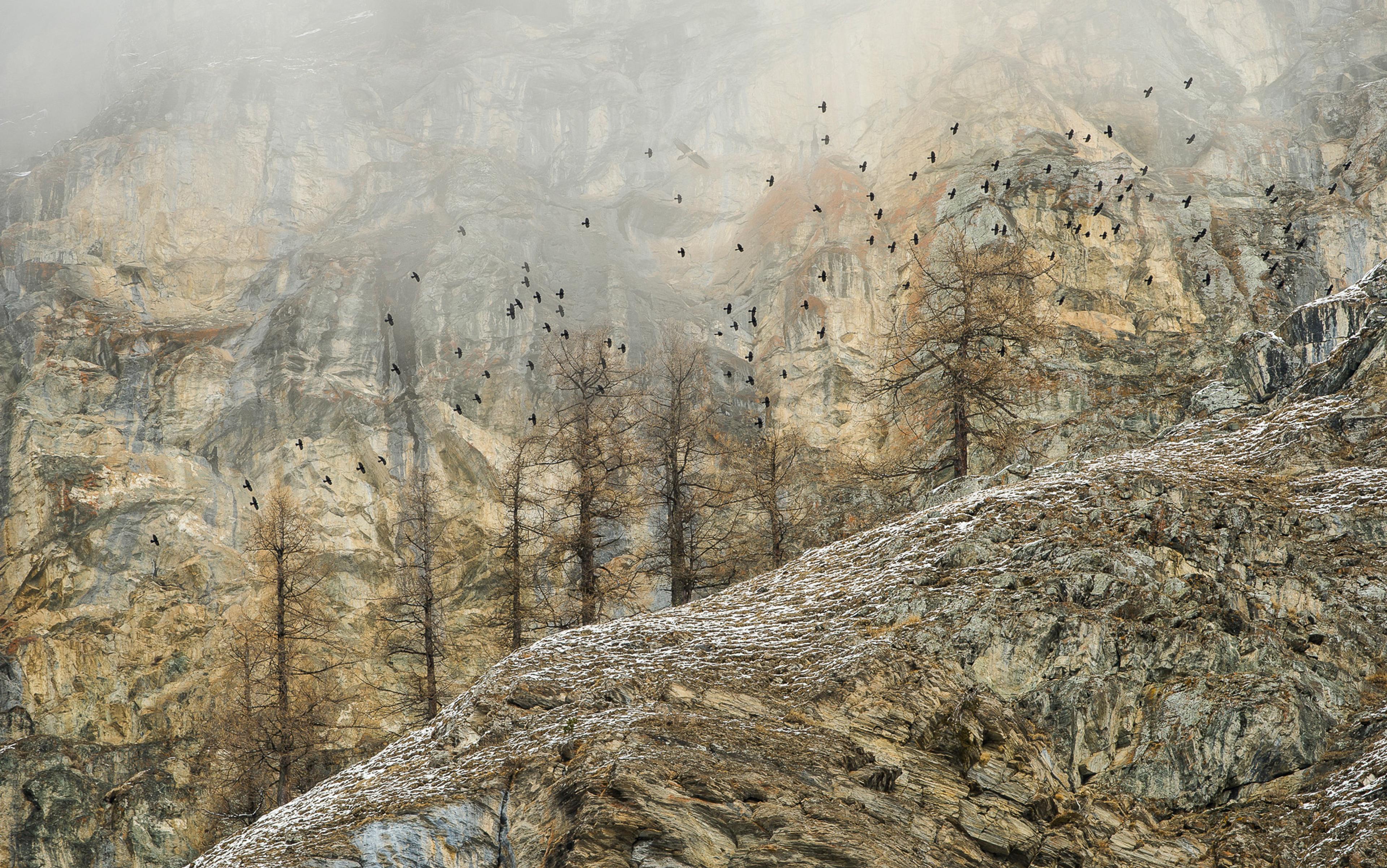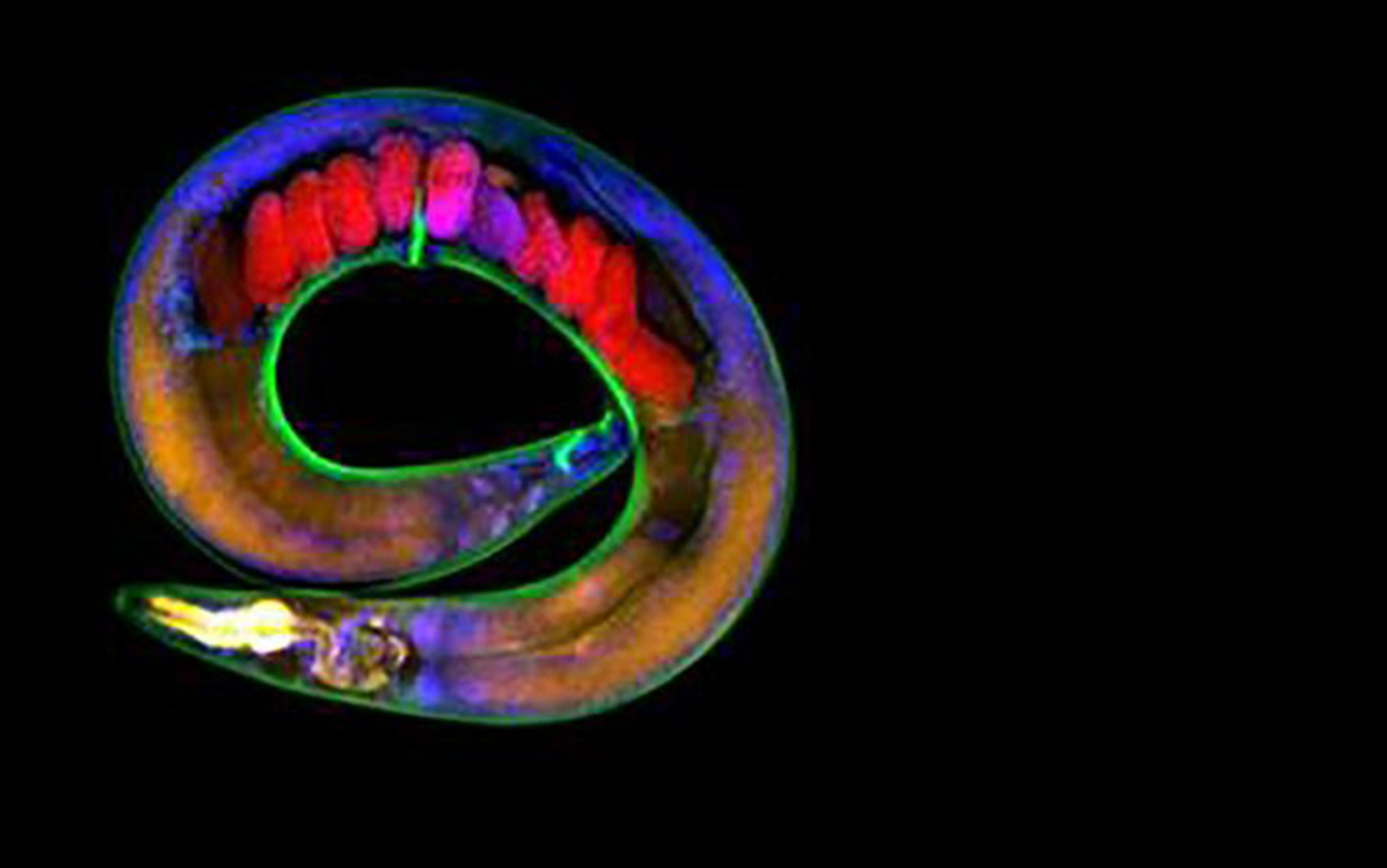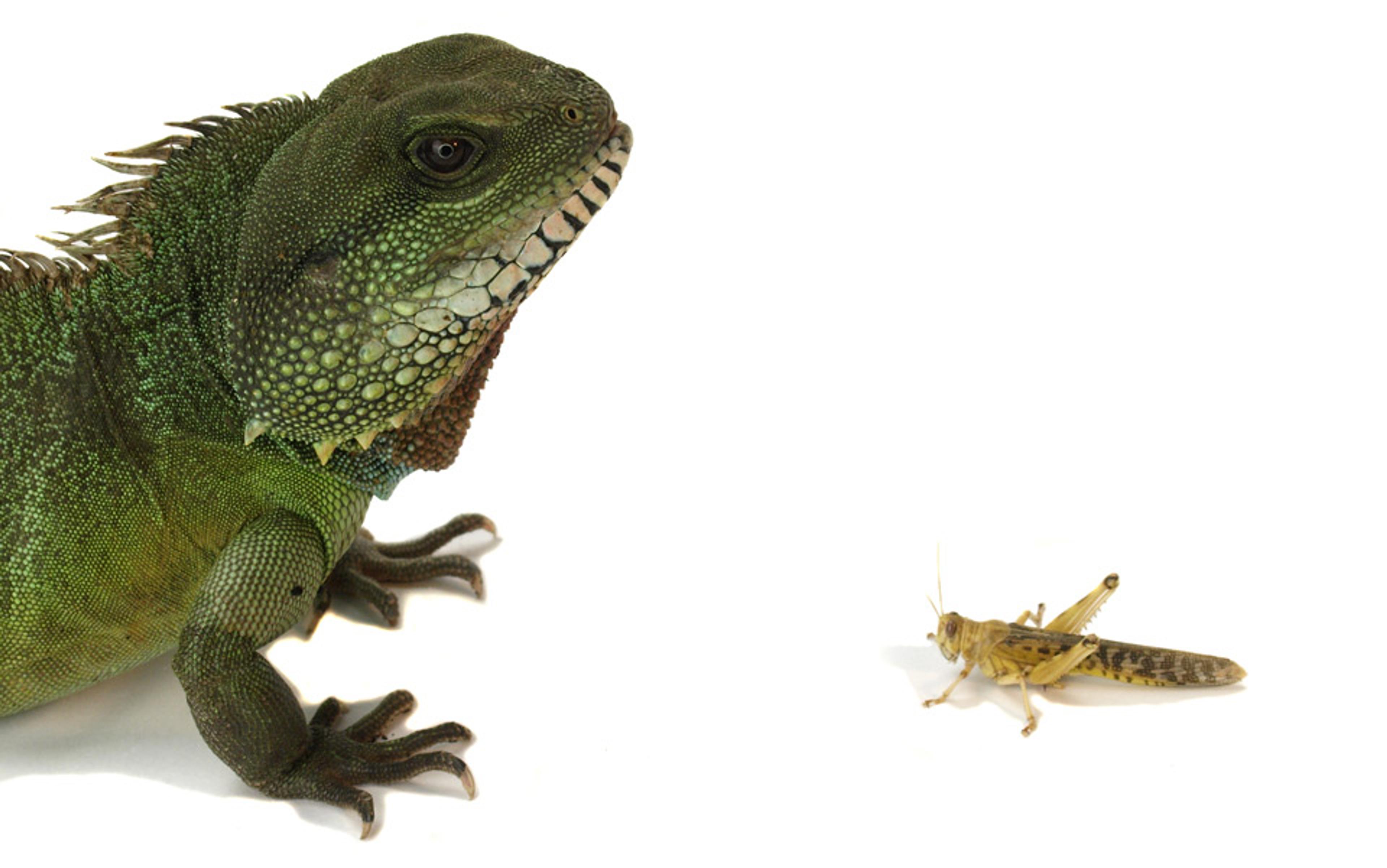One of my favourite dinosaurs is the Stegosaurus, a monster from the late Jurassic (150 million years ago), noteworthy because of the diamond-like plates all the way down its back. Since this animal was discovered in the late 1870s in Wyoming, huge amounts of ink have been spilt trying to puzzle out the reason for the plates. The obvious explanation, that they are used for fighting or defence, simply cannot be true. The connection between the plates and the main body is way too fragile to function effectively in a battle to the death. Another explanation is that, like the stag’s antlers or the peacock’s tail, they play some sort of role in the mating game. Señor Stegosaurus with the best plates gets the harem and the other males have to do without. Unfortunately for this hypothesis, the females had the plates too, so that cannot be the explanation either. My favourite idea is that the plates were like the fins you find in electric-producing cooling towers: they were for heat transfer. In the cool of the morning, as the sun came up, they helped the animal to heat up quickly. In the middle of the day, especially when the vegetation consumed by the Stegosaurus was fermenting away in its belly, the plates would have helped to catch the wind and get rid of excess heat. A superb adaptation. (Sadly for me, no longer a favoured explanation, since latest investigations suggest that the plates may have been a way for individuals to recognise each other as members of the same species).
But this essay is not concerned with dinosaurs themselves, rather with the kind of thinking biologists use when they wonder how dinosaur bodies worked. They are asking what was the purpose of the plates? What end did the plates serve? Were they for fighting? Were they for attracting mates? Were they for heat control? This kind of language is ‘teleological’ — from telos, the Greek for ‘end’. It is language about the purpose or goal of things, what Aristotle called their ‘final causes’, and it is something that the physical sciences have decisively rejected. There’s no sense for most scientists that a star is for anything, or that a molecule serves an end. But when we come to talk about living things, it seems very hard to shake off the idea that they have purposes and goals, which are served by the ways they have evolved.
As I have written about before in Aeon, the chemist James Lovelock got into very hot water with his fellow scientists when he wanted to talk about the Earth being an organism (the Gaia hypothesis) and its parts having purposes: that sea lagoons were for evaporating unneeded salt out of the ocean, for instance. And as Steven Poole wrote in his essay ‘Your Point Is?’ in Aeon earlier this year, the contemporary philosopher Thomas Nagel is also in hot water since he suggested in his book Mind and Cosmos (2012) that we need to use teleological understanding to explain the nature of life and its evolution.
Some have thought that this lingering teleological language is a sign that biology is not a real science at all, but just a collection of observations and facts. Others argue that the apparent purposefulness of nature leaves room for God. Immanuel Kant declared that you cannot do biology without thinking in terms of function, of final causes: ‘There will never be a Newton for a blade of grass,’ he claimed in Critique of Judgment (1790), meaning that living things are simply not determined by the laws of nature in the way that non-living things are, and we need the language of purpose in order to explain the organic world.
Why do we still talk about organisms and their features in this way? Is biology basically different from the other sciences because living things do have purposes and ends? Or has biology simply failed to get rid of some old-fashioned, unscientific thinking — thinking that even leaves the door ajar for those who want to sneak God back into science?
Biology’s entanglement with teleology reaches right back to the ancient Greek world. In Plato’s dialogue the Phaedo, Socrates describes himself as he sits awaiting his fate, and he asks whether this can be fully explained mechanically ‘because my body is made up of bones and muscles; and the bones… are hard and have joints which divide them, and the muscles are elastic, and they cover the bones’. All of this, says Socrates, is not ‘the true cause’ of why he sits where and how he does. The true cause is that ‘the Athenians have thought fit to condemn me and I have thought it better and more right to remain here and undergo my sentence’. Socrates describes this as a confusion of causes and conditions: he cannot sit without his bones and muscles being as they are, but this is no real explanation of why he sits thus. In the Timaeus Plato develops this further, describing a universe brought into being by a designer (what Plato called the Demiurge). An enquiry into the purpose of the bones and muscles was not only an enquiry into the ways of men, but ultimately an enquiry into the plans of the Demiurge.
Now, however, the governing metaphors of nature changed. No longer did scientists think in terms of organisms: they thought in terms of machines
Aristotle, Plato’s student, didn’t want God in the business of biology like this. He believed in a God, but not one that cared about the universe and its inhabitants. (Rather like some junior members of my family, this God spent Its time thinking mostly of Its own importance.) However, Aristotle was very interested in final causes, and argued that all living things contain forces that direct them towards their goal. These life forces operate in the here and now, yet in some sense they have the future in mind. They animate the acorn in order that it might turn into an oak, and likewise for other living things. Like Plato, Aristotle used the metaphor of design but unlike Plato he wanted to keep any supervisory, conscious intelligence out of the game.
All of this came crashing down during the Scientific Revolution of the 16th and 17th centuries. For both Plato and Aristotle, the question of final causes had applied to physical phenomena — the stars, for example — as much as to biological phenomena. Both thought of objects as being rather like organisms. Why does the stone fall? Because being made of the element earth it wants to find its proper place, namely as close to the centre of the Earth as possible. It falls in order to achieve its right end: it wants to fall.
Now, however, the governing metaphors of nature changed. No longer did scientists think in terms of organisms: they thought in terms of machines. The world, the universe, is like a gigantic clock. As the 17th-century French philosopher-scientist René Descartes insisted, the human body is nothing but an intricate machine. The heart is like a pump, and the arms and legs are a system of levers and pulleys and so forth. The 17th-century English chemist and philosopher Robert Boyle realised that as soon as you start to think in the mechanical fashion, then talking about ends and purposes really isn’t very helpful. A planet goes round and round the Sun; you want to know the mechanism by which it happens, not to imagine some higher purpose for it. In the same way, when you look at a clock you want to know what makes the hands go round the dial — you want the proximate causes.
But surely machines have purposes just as much as organisms do? The clock exists in order to tell the time just as much as the eye exists in order to see. True, but as Boyle also saw, it is one thing to talk about intentions and purposes in a general, perhaps theological way, but another thing to do this as part of science. You can take the Platonic route and talk about God’s creative intentions for the universe, that’s fine. But, really, this is no longer part of science (if it ever was) and has little explanatory power. In the words of EJ Dijksterhuis, one of the great historians of the Scientific Revolution, God now became a ‘retired engineer’.
On the other hand, if you wanted to take the Aristotelian approach and explain the growth and development of individual organisms by special vital forces, that was still theoretically possible. But since no one, as Boyle pointed out, seemed to have the slightest clue about these vital forces or what they did, he and his fellow mechanists just wanted to drop the idea altogether and get on with the job of finding proximate causes for all natural phenomena. The organic metaphor did not lead to new predictions and the other sorts of things one wants from science, especially technological promise. The machine metaphor did.
Yet even Boyle realised that it is very hard to get rid of final-cause thinking when it comes to studying actual organisms, and not just using them as metaphors in the rest of the physical world. He was particularly interested in bats, and spent some considerable time discussing their adaptations — how their wings were so well-organised for flying and so on. In fact, almost paradoxically, in the 18th century the study of living things became more interested in teleology, even as the physical sciences were turning away from it.
‘Running fast in a herd while being as dumb as shit, I think, is a very good adaptation for survival’
The expansion of historical thinking played a key role here. History no longer seemed static and determined, and the belief that humans could make things better through their own unaided efforts meant that there was no longer a need to appeal to Providence for help. This secular ideal (or ideology) of progress put talk of ends and directional change very much in the air. If we as a society aim for certain ends, let us say an improved standard of living or education, could it be that history itself has ends too — ends that are not dictated so much by the Christian religion (judgment and salvation or condemnation) but that come as part of a general end-directed force or movement? Could life, and human history, be directed upward and forward from within?
Alongside philosophers and historians such as Hegel, in the 19th century natural historians began to speculate about organisms in proto-evolutionary ways, and to talk of goals — usually, one admits, goals involving the arrival of the best of all possible organisms, namely Homo sapiens. Here is ‘The Temple of Nature’ (1802) by Erasmus Darwin, Charles Darwin’s physician grandfather:
Organic Life beneath the shoreless waves
Was born and nurs’d in Ocean’s pearly caves;
First forms minute, unseen by spheric glass,
Move on the mud, or pierce the watery mass;
These, as successive generations bloom,
New powers acquire, and larger limbs assume;
…
The lordly Lion, monarch of the plain,
The Eagle soaring in the realms of air,
Whose eye undazzled drinks the solar glare,
Imperious man, who rules the bestial crowd,
Of language, reason, and reflection proud,
With brow erect who scorns this earthy sod,
And styles himself the image of his God;
Arose from rudiments of form and sense,
An embryon point, or microscopic ens!
In the writings of some of the early evolutionists, notably the French biologist Jean-Baptiste Lamarck, we get a strong odour of Aristotelian vital forces pushing life up the ladder to the preordained destination of humankind. No longer was teleological language confined to the purpose of individual organisms and organs such as the hand or the acorn, but now it seemed to explain a general direction for the development of life itself.
It was in this atmosphere of fascination for the history of life that Charles Darwin developed his theory of natural selection. Darwin’s On the Origin of Species (1859) was the watershed. He nailed the question of individual final causes, by explaining why organisms are so well-adapted to their environments. Teleological language was appropriate because such features as eyes and hands were not designed, but design-like. The eye is like a telescope, Stegosaur plates are like the fins you find in cooling towers. So we can ask about purposes. (Of course, questions about the dinosaur could not have been Darwin’s own: when the Origin was published, Stegosaurus still slumbered undiscovered in the rocks of the American West.)
Natural selection explained how design-like features could arise, without a designer or a purpose. There need not be any final cause. There is a struggle for existence among organisms, or more precisely a struggle for reproduction. Some will survive and reproduce, and others will not. Because there are variations in populations and new variations always arriving, on average those surviving will be different from those not surviving, in ways that will have contributed to their greater success. Over time, this adds up to change in the direction of adaptation, of design-like features. No God is needed — even if he exists, he works at ‘arms-length’ — and neither are any vital forces. Just plain old laws working in a good mechanical fashion. The teleological metaphor was just a metaphor: underneath it lay quite simple mechanical explanations.
So this cracked one side of the teleology problem: that of why individual organisms were well adapted to their environments. But what about the other side, the question of whether life itself had some overall direction, some overall sense of progress? What about the process that led to the development of humans? Darwin did believe in some kind of progress of this nature — what the Victorians called ‘monad to man’ — but he wanted nothing at all to do with Germanic, Hegelian kinds of world spirits taking life ever upwards. That smacked too much of a kind of pseudo-Christian faith, which he did not share.
There was a Newton of the blade of grass and his name was Charles Darwin
Characteristically, Darwin thrashed about on the matter of whether evolution had a direction. He agonised in his notebooks, and never really came up with a definitive answer. The closest he got was suggesting that improvement comes about naturally because each generation, on average, is going to be better than the previous one. Adaptations improve, and eventually brains appear, and get bigger and bigger. Hence humans. Darwin wrote: ‘If we look at the differentiation and specialisation of the several organs of each being when adult (and this will include the advancement of the brain for intellectual purposes) as the best standard of highness of organisation, natural selection clearly leads towards highness.’ What Darwin never really considered is the fact that brains are very expensive things to maintain, and big brains are not necessarily a one-way ticket to evolutionary success. In the immortal words of the late American paleontologist Jack Sepkoski: ‘I see intelligence as just one of a variety of adaptations among tetrapods for survival. Running fast in a herd while being as dumb as shit, I think, is a very good adaptation for survival.’
Darwin might have solved the teleological problem in biology once and for all, but his solution was not an immediate success. Most people really could not get their heads around natural selection, and frankly most people were not troubled by the question of whether the evolution of life had an end point. Obviously humans were it, and were bound to appear. All sorts of neo-Platonists were happy to believe a Christian interpretation of Darwin’s view of life: God set evolution going in order to ascend to Man. They could have Jesus and evolution too! In the words of Henry Ward Beecher — the charismatic preacher, prolific adulterer, and brother of Harriet Beecher Stowe — ‘Who designed this mighty machine, created matter, gave to it its laws, and impressed upon it that tendency which has brought forth the almost infinite results on the globe, and wrought them into a perfect system? Design by wholesale is grander than design by retail.’
While Christians could interpret evolution in a Platonic frame, as the working out of a Divine creator’s purpose, some biologists revived Aristotle’s idea of vital forces that impelled living things towards their ends. At the turn of the 20th century, the German embryologist Hans Driesch described such forces that he called ‘entelechies’, which he described as being ‘mind-like’. In France, the philosopher Henri Bergson supposed ‘élan vital’, a vital spirit that created adaptations and that gave evolution its upwards course. In England, the biologist Julian Huxley — the grandson of Darwin’s great supporter Thomas Henry Huxley and the older brother of the novelist Aldous Huxley — was always drawn to vitalism, seeing in evolution a kind of substitute for Christianity which provided people with a sense of meaning and direction: what he called ‘religion without revelation’. But even he could see that, scientifically, vitalism was a non-starter. The problem was not that no one could see these forces: no one could see electrons either. Rather it was that they didn’t provide any new explanations or predictions. They seemed to do no real work in the physical world, and mainstream biology rejected them as a hangover from an earlier age.
So what of now? Today’s scientists are pretty certain that the problem of teleology at the individual organism level has been licked. Darwin really was right. Natural selection explains the design-like nature of organisms and their characteristics, without any need to talk about final causes. On the other hand, no natural selection lies behind mountains and rivers and whole planets. They are not design-like. That is why teleological talk is inappropriate, and why the Gaia hypothesis is so criticised. And overall that is why biology is just as good a science as physics and chemistry. It is dealing with different kinds of phenomena and so different kinds of explanation are appropriate. There was a Newton of the blade of grass and his name was Charles Darwin.
But historical teleology — the question of whether evolution itself takes a direction, in particular a progressive one, is a trickier problem, and I cannot say that there is yet, nor the prospect of there ever being, a satisfactory answer. One popular way to explain the apparent progress in evolution is as a biological arms race (a metaphor coined by Julian Huxley, incidentally). Through natural selection, prey animals get faster and so in tandem do predators. Perhaps, as in military arms races, eventually electronics and computers get ever more important, and the winners are those who do best in this respect. The British evolutionary biologist Richard Dawkins has argued that humans have the biggest on-board computers and that is what we expect natural selection to produce. But it is not obvious that arms races would result in humans — those physically feeble and mentally able omnivorous primates. Nor that lines of prey and predator evolve in tandem more generally.
I’ll offer no final answers here, but one final question. Could a full-blown teleology, of the more scientific Aristotelian kind, reappear, complete with vital forces? There’s no logical reason to say this is impossible, and that is why I think it is legitimate for Nagel to raise the possibility. Two hundred years ago, people would have laughed at the idea of quantum mechanics, with all its violations of common-sense thinking. But there is a big difference: quantum mechanics was invented because it filled a big explanatory gap. This is Nagel’s big mistake: his argument for returning to the idea of purposes and goals in biology is not based on an extensive engagement with the science, but a philosophical skim across the surface. Quantum mechanics is weird, but it works. There is nothing in the idea of final causes to encourage such wishful thinking.
So what’s a Stegosaur for? We can ask what adaptive function the plates on its back served, as good Darwinian scientists. But the beast itself? It’s not for anything, it just is — in all its decorative, mysterious, plant-munching glory.
